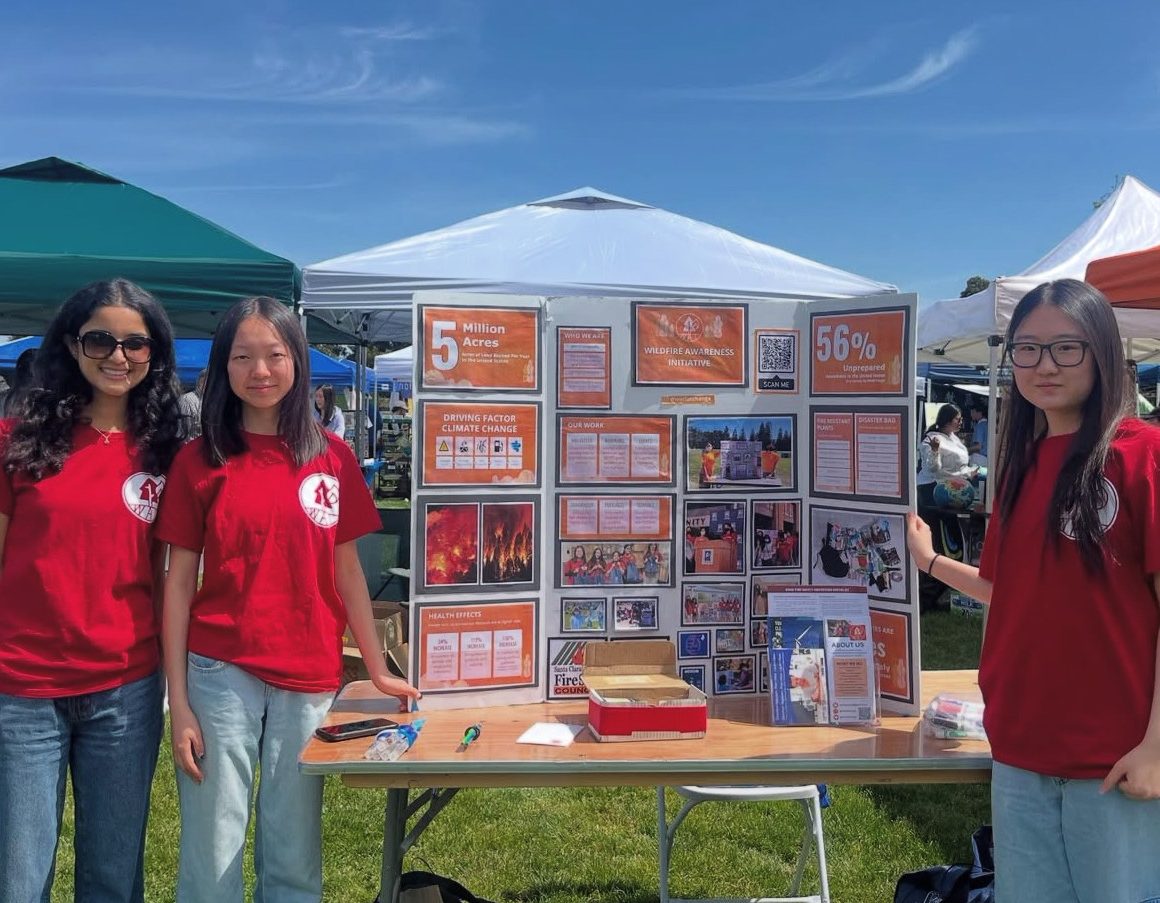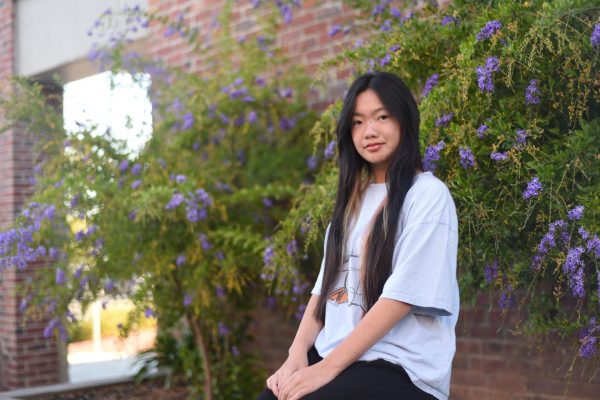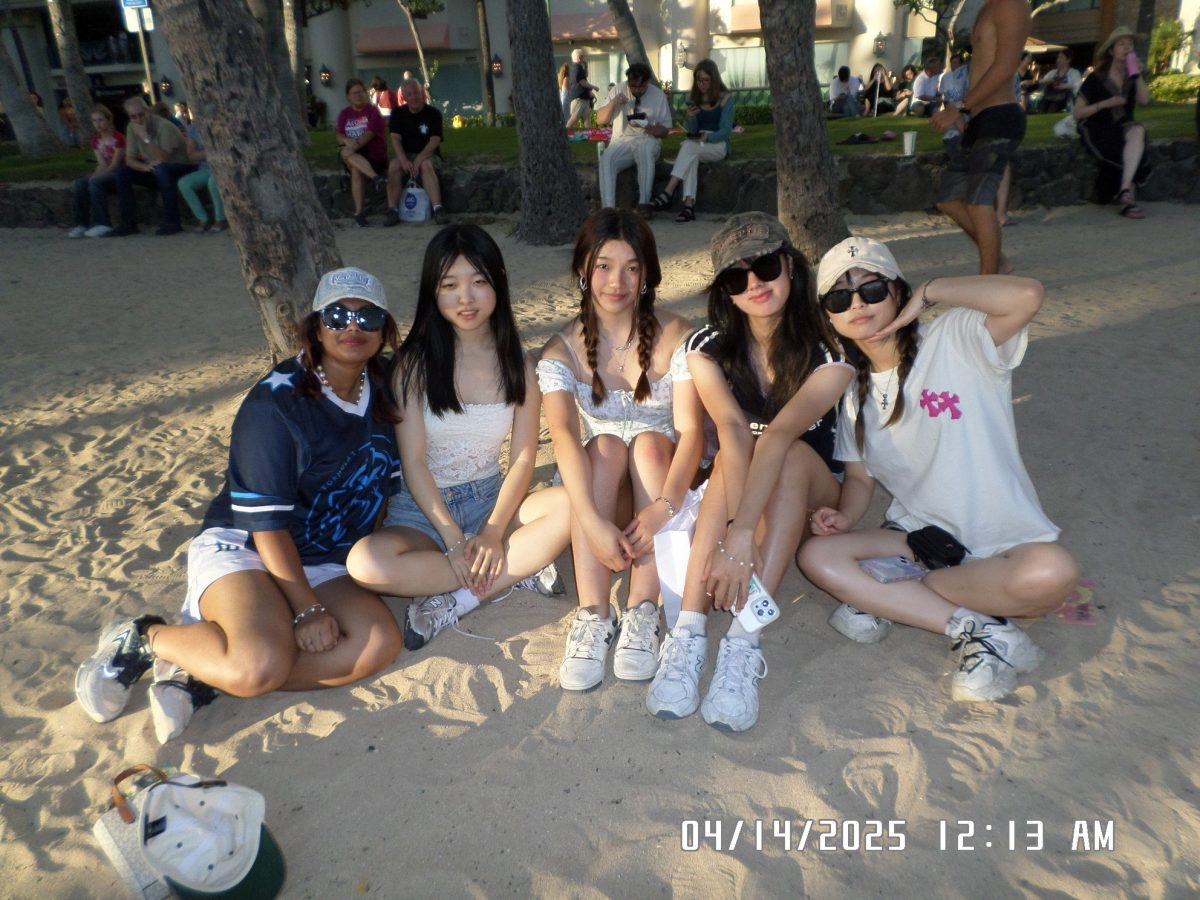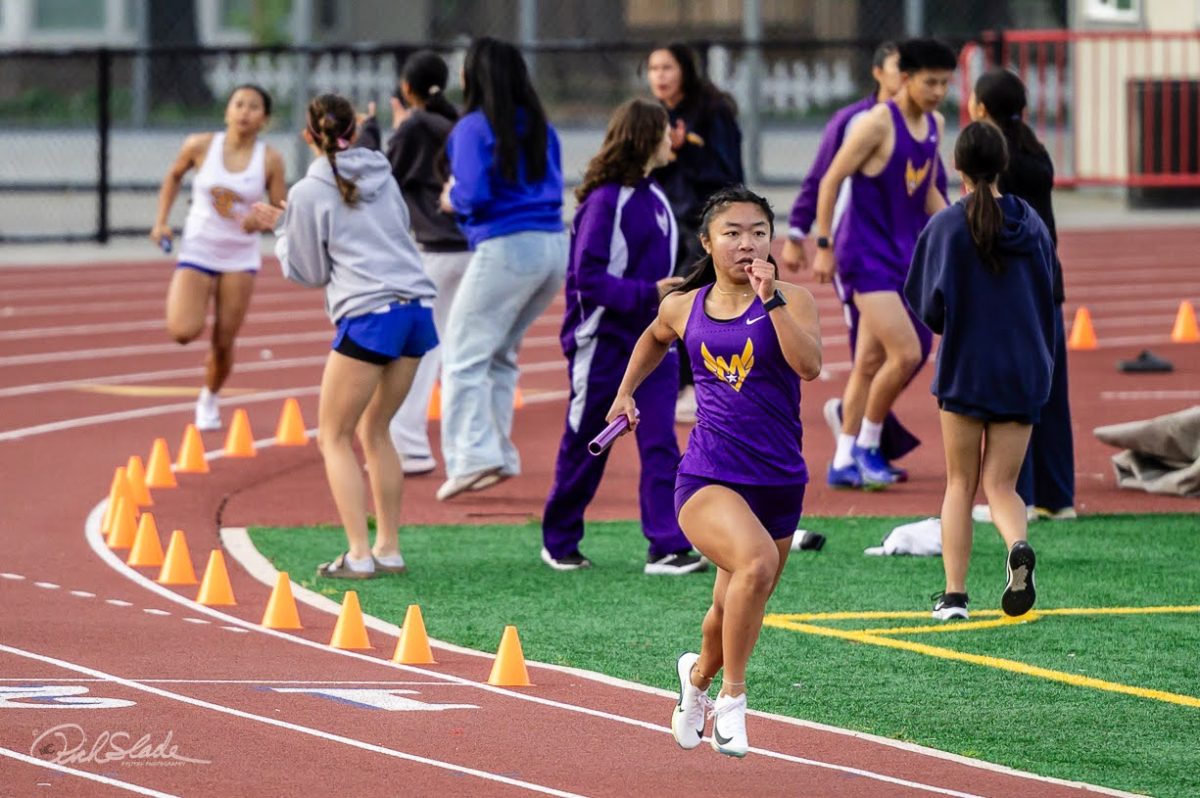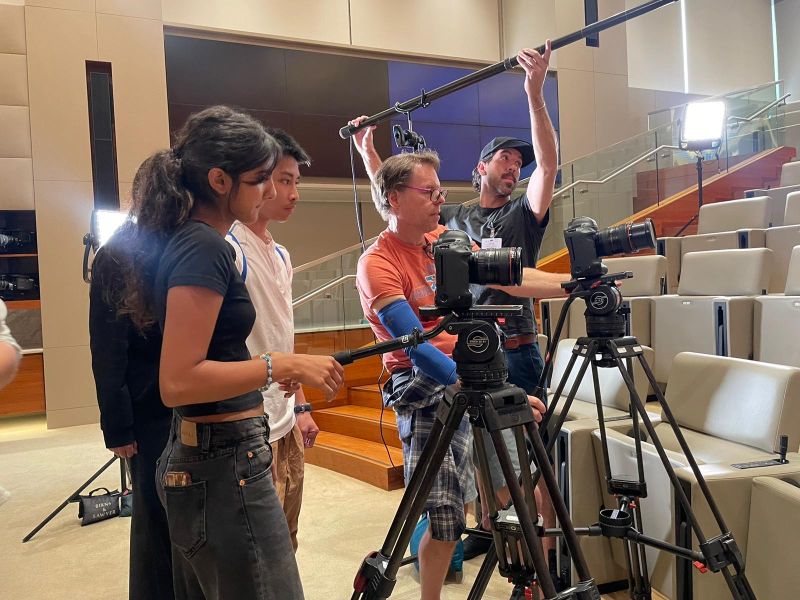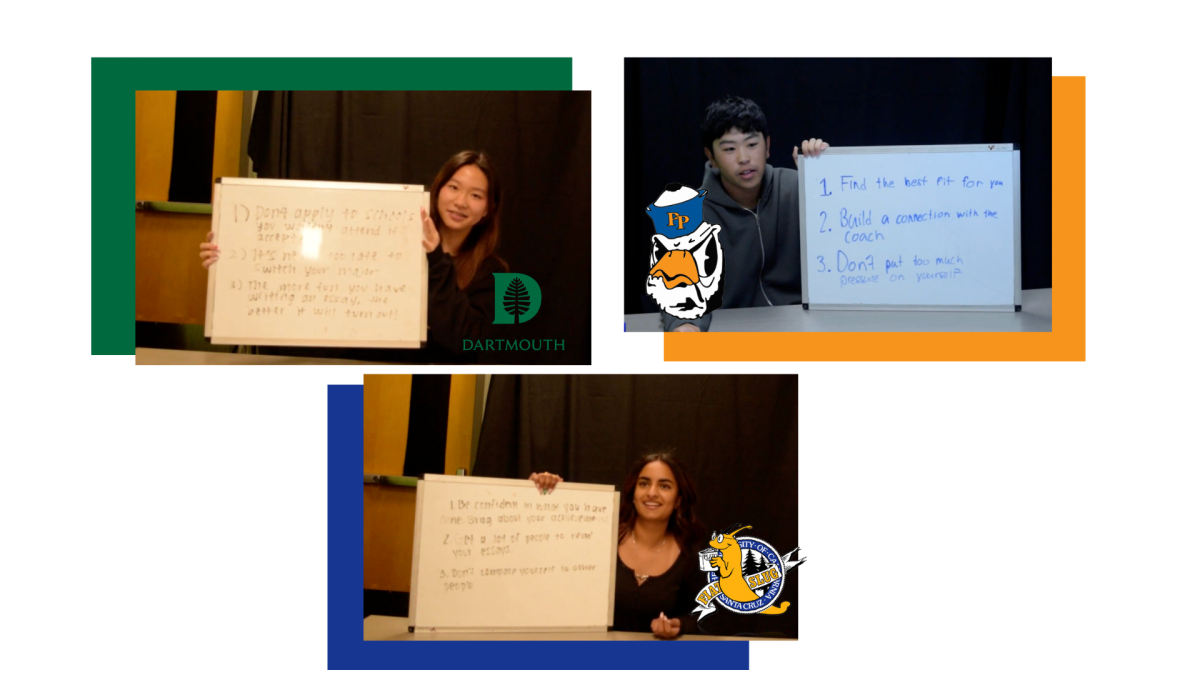Driving through the dense woods of Crater Lake National Park, senior Lauren Kim glanced down at the trees below the highway — then, she froze. Orange flames flickered through the forested area, spreading as they burned everything in their wake. The heat simmered in the distance, smoke curling into the sky. Before that moment, she had never imagined experiencing a wildfire firsthand. But it came to her when she least expected it — and it scared her.
“Not many people really consider wildfires as something that could affect them,” Kim said. “But a wildfire could happen any day, and if someone’s not careful, it could happen when they’re not prepared. There are many things someone needs to know when there’s a wildfire, like how to evacuate and important documents that you need, but I’m not confident that everyone knows about that.”
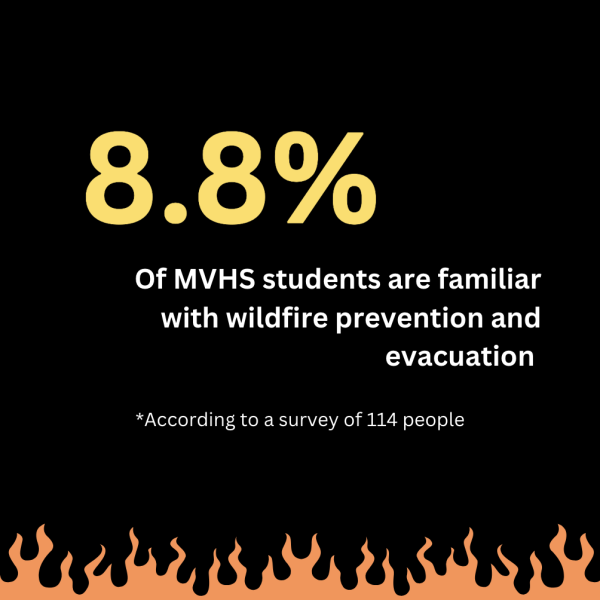
The Wildfire Awareness Initiative (WAI) is a student-led 501c3 nonprofit dedicated to promoting wildfire safety and prevention. The idea for WAI emerged after the devastating Santa Clara Unit Lightning Complex wildfires of 2020 hit the Bay Area. Kim and senior Niranjana Sankar, co-founders of the initiative, witnessed the impact of their community’s lack of preparedness, which compelled them to establish the youth organization.
“I think wildfires are even scarier now in recent years,” Sankar said. “The wildfires are causing more deaths than they have before — like the ones in South Korea, LA and Hawaii — all because people didn’t evacuate in time, didn’t know when to evacuate or their evacuation systems weren’t alerting them properly. A personal goal that I have is to help everyone be more aware of what to do in an evacuation so these things don’t happen in the future.”
WAI is composed of approximately 20 high school students from the Bay Area. The organization is structured into specialized teams: a creative team that designs flyers, social media posts and videos; an outreach team that organizes events and presentations; and a research team that gathers and fact-checks wildfire-related statistics. Through their efforts, WAI has built a strong presence on social media, particularly on Instagram, where they have gained more than 3,000 followers. They also have an active YouTube channel, where they post educational videos.
WAI is sponsored by the Santa Clara County FireSafe Council, a nonprofit grassroots organization dedicated to raising wildfire awareness in local communities through education, volunteer programs, and homeowner collaboration. This partnership has provided WAI with volunteer opportunities and connections to organizations like the National Fire Protection Association and the California Department of Forestry and Fire Protection.
Amanda Brenner-Cannon, program director for the FireSafe Council, is eager to continue collaborating with WAI on future projects. She hopes for a dedicated meeting between the FireSafe Council and WAI to discuss and plan a larger initiative together.

“WAI has done a really great job in organizing and creating outreach materials, engaging with the communities and reaching out when they want involvement,” Brenner-Cannon said. “I’m continuously impressed to see young people thinking about preparedness and prevention and taking action for a wildfire. All levels of preparedness during and post fire are important, but it’s just really great to see this level of engagement from younger residents.”
In addition to collaborating with the FireSafe Council, WAI spreads its message through community events, research articles and webinars, reaching people of all ages and backgrounds. Sankar notes that some of the organization’s long-term goals include regularly presenting its materials at city fairs, such as Cupertino’s Earth Day and Arbor Day Festival, and partnering with various fire departments across the Bay Area. Most notably, they have helped create around 100 disaster kits for the Santa Clara County Fire Department to showcase in elementary school assemblies. Recently, WAI’s biggest achievement has been publishing “The Forest Gets Fire Ready,” a children’s storybook on Amazon Kindle talking about how different animals prepare for wildfires.
“One thing our team has really enjoyed was presenting for Boy Scouts,” Sankar said. “We shared a slideshow and played Kahoot, and seeing how excited the children were in answering the questions was really rewarding. It made wildfire preparedness something they had more fun with.”
With a background in environmental science, Brenner-Cannon’s desire to partner with WAI stems from their shared goal and strong passion for raising wildfire awareness. One of her main goals is to deepen her understanding of the community by collaborating with youth organizations like WAI.
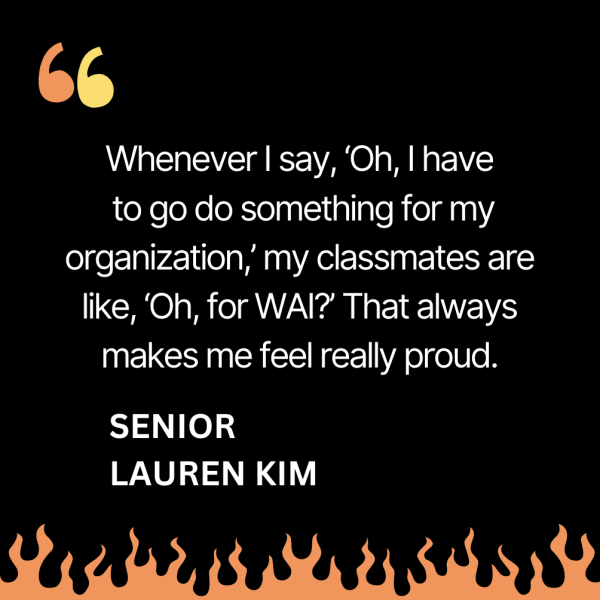
“I’m not a firefighter and I’m not a forester,” Brenner-Cannon said. “But my goal is to know that I’ve done everything that I can to support my community so that it’s better equipped and prepared, as well as hopefully reduce the impact of what could be more intense, more substantial wildfires.”
Both Sankar and Kim have decided that they will continue their efforts to bring awareness to wildfires and wildfire preparation in the future. However, since WAI has been set up to be a non-profit exclusively run by high-schoolers, they will be passing down the organization to other high school members to take care of when they go to college.
Despite not being able to be as involved with WAI in the future, Sankar and Kim aren’t worried. While WAI started off persistently mass-emailing students and organizations to gain exposure and recognition, they now have been getting requests for interviews, such as from Mercury News and the Public Safety Forum, and were featured on the Fire Adapted Communities Learning Network website.
“It was exciting to know that now we were being reached out to instead of the other way around,” Kim said. “I remember when we started, not many people knew what WAI was. But now, whenever I say, ‘Oh, I have to go do something for my organization,’ my classmates are like, ‘Oh, for WAI?’ That always makes me feel really proud.”



